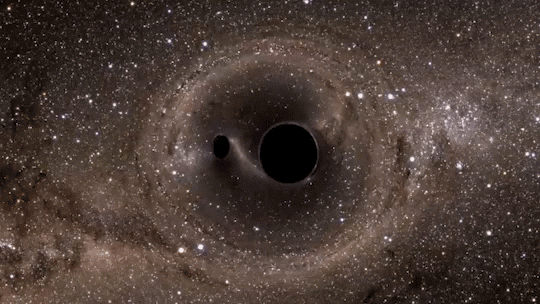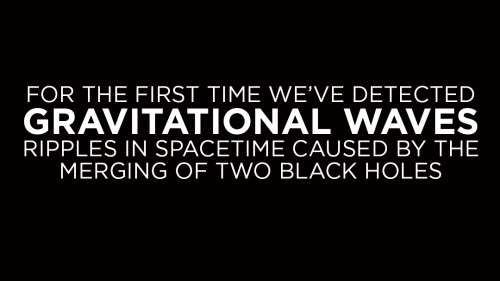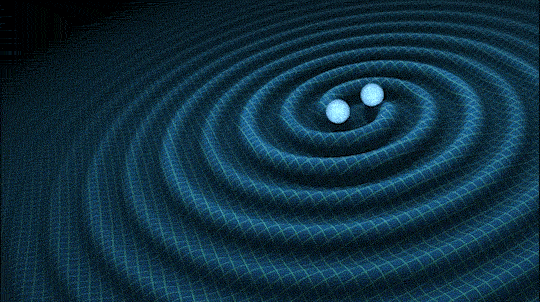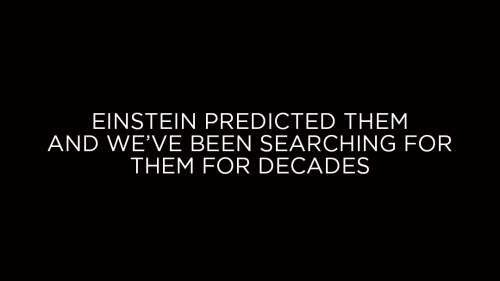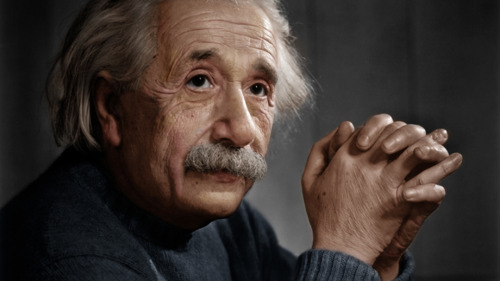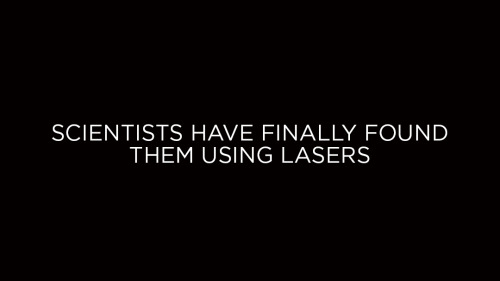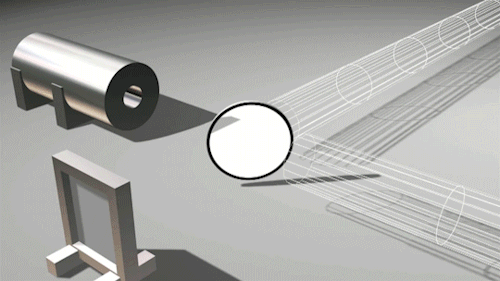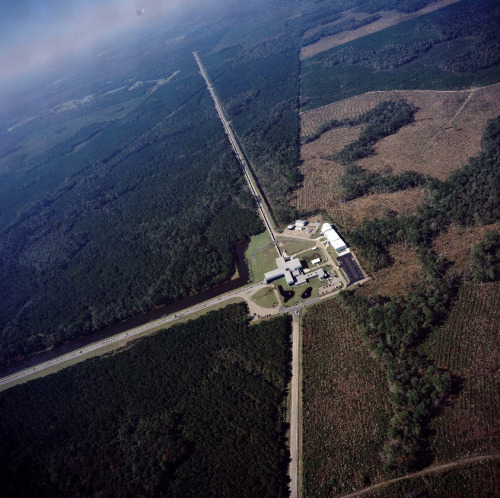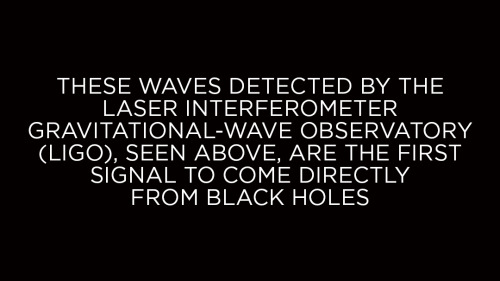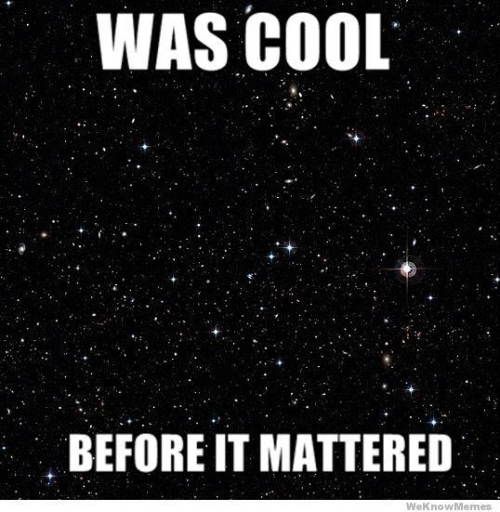Curiosity, Sojourner And Opportunity Size Comparisons To People.

Curiosity, Sojourner and Opportunity size comparisons to people.
via reddit
More Posts from Sansbook and Others







NASA | Thermonuclear Art – The Sun In Ultra-HD
Watch the whole video here.
(CNN)

By NASA
NASA’s Mars Atmosphere and Volatile Evolution (MAVEN) mission has identified the process that appears to have played a key role in the transition of the Martian climate from an early, warm and wet environment that might have supported surface life to the cold, arid planet Mars is today.
(excerpt - click the link for the complete article and cool video animation)

Researchers at Duke University have developed a light-emitting device that can be switched on and off up to 90 billion times per second. This 90 GHz is roughly twice the speed of the fastest laser diodes in existence, potentially offering a whole new level of optoelectronic computing. Central to the technology are the infinitesimal crystal beads known as quantum dots.
The computing devices we’re used to are based on shuttling electrons around via wires and switches. This has worked out pretty well through the history of computing, but electronics have limits, both in speed and in scale. Optoelectronics swap out electrons for pure light: photons. A computer based on information carried via photon is just by definition optimal, offering the literal fastest thing in the universe. Other advantages over electronic systems: less heat, less power, less noise, less information loss, less wear.
Continue Reading.
Physicists Measure Force that Makes Antimatter Stick Together

Peering at the debris from particle collisions that recreate the conditions of the very early universe, scientists have for the first time measured the force of interaction between pairs of antiprotons. Like the force that holds ordinary protons together within the nuclei of atoms, the force between antiprotons is attractive and strong.
The experiments were conducted at theRelativistic Heavy Ion Collider (RHIC), a U.S. Department of Energy Office of Science User Facility for nuclear physics research at DOE’s Brookhaven National Laboratory. The findings, published in the journal Nature, could offer insight into larger chunks of antimatter,including antimatter nuclei previously detected at RHIC, and may also help scientists explore one of science’s biggest questions: why the universe today consists mainly of ordinary matter with virtually no antimatter to be found.
“The Big Bang—the beginning of the universe—produced matter and antimatter in equal amounts. But that’s not the world we see today. Antimatter is extremely rare. It’s a huge mystery!” said Aihong Tang, a Brookhaven physicist involved in the analysis, which used data collected by RHIC’s STAR detector. “Although this puzzle has been known for decades and little clues have emerged, it remains one of the big challenges of science. Anything we learn about the nature of antimatter can potentially contribute to solving this puzzle.”
RHIC is the perfect place to study antimatter because it’s one of the few places on Earth that is able to create the elusive stuff in abundant quantities.
RHIC is the perfect place to study antimatter because it’s one of the few places on Earth that is able to create the elusive stuff in abundant quantities. It does this by slamming the nuclei of heavy atoms such as gold into one another at nearly the speed of light. These collisions produce conditions very similar to those that filled the universe microseconds after the Big Bang—with temperatures 250,000 times hotter than the center of the sun in a speck the size of a single atomic nucleus. All that energy packed into such a tiny space creates a plasma of matter’s fundamental building blocks, quarks and gluons, and thousands of new particles—matter and antimatter in equal amounts.
“We are taking advantage of the ability to produce ample amounts of antimatter so we can conduct this study,” said Tang.
The STAR collaboration has previous experience detecting and studying rare forms of antimatter—including anti-alpha particles, the largest antimatter nuclei ever created in a laboratory, each made of two antiprotons and two antineutrons. Those experiments gave them some insight into how the antiprotons interact within these larger composite objects. But in that case, “the force between the antiprotons is a convolution of the interactions with all the other particles,” Tang said. “We wanted to study the simple interaction of unbound antiprotons to get a ‘cleaner’ view of this force.”
To do that, they searched the STAR data from gold-gold collisions for pairs of antiprotons that were close enough to interact as they emerged from the fireball of the original collision.
“We see lots of protons, the basic building blocks of conventional atoms, coming out, and we see almost equal numbers of antiprotons,” said Zhengqiao Zhang, a graduate student in Professor Yu-Gang Ma’s group from the Shanghai Institute of Applied Physics of the Chinese Academy of Sciences, who works under the guidance of Tang when at Brookhaven. “The antiprotons look just like familiar protons, but because they are antimatter, they have a negative charge instead of positive, so they curve the opposite way in the magnetic field of the detector.”
“By looking at those that strike near one another on the detector, we can measure correlations in certain properties that give us insight into the force between pairs of antiprotons, including its strength and the range over which it acts,” he added.
The scientists found that the force between antiproton pairs is attractive, just like the strong nuclear force that holds ordinary atoms together. Considering they’d already discovered bound states of antiprotons and antineutrons—those antimatter nuclei—this wasn’t all that surprising. When the antiprotons are close together, the strong force interaction overcomes the tendency of the like (negatively) charged particles to repel one another in the same way it allows positively charged protons to bind to one another within the nuclei of ordinary atoms.
In fact, the measurements show no difference between matter and antimatter in the way the strong force behaves. That is, within the accuracy of these measurements, matter and antimatter appear to be perfectly symmetric. That means, at least with the precision the scientists were able to achieve, there doesn’t appear to be some asymmetric quirk of the strong force that can account for the continuing existence of matter in the universe and the scarcity of antimatter today.
But the scientists point out that we wouldn’t know that if they hadn’t done these experiments.
“There are many ways to test for matter/antimatter asymmetry, and there are more precise tests, but in addition to precision, it’s important to test it in qualitatively different ways. This experiment was a qualitatively new test,” said Richard Lednický, a STAR scientist from the Joint Institute for Nuclear Research, Dubna, and the Institute of Physics, Czech Academy of Sciences, Prague.
“The successful implementation of the technique used in this analysis opens an exciting possibility for exploring details of the strong interaction between other abundantly produced particle species,” he said, noting that RHIC and the Large Hadron Collider (LHC) are ideally suited for these measurements, which are difficult to assess by other means.
Brookhaven National Laboratory

Storing electricity in paper

One sheet, 15 centimetres in diameter and a few tenths of a millimetre thick can store as much as 1 F, which is similar to the supercapacitors currently on the market. The material can be recharged hundreds of times and each charge only takes a few seconds.
It’s a dream product in a world where the increased use of renewable energy requires new methods for energy storage – from summer to winter, from a windy day to a calm one, from a sunny day to one with heavy cloud cover.
”Thin films that function as capacitors have existed for some time. What we have done is to produce the material in three dimensions. We can produce thick sheets,” says Xavier Crispin, professor of organic electronics and co-author to the article just published in Advanced Science.
Other co-authors are researchers from KTH Royal Institute of Technology, Innventia, Technical University of Denmark and the University of Kentucky.
The material, power paper, looks and feels like a slightly plasticky paper and the researchers have amused themselves by using one piece to make an origami swan – which gives an indication of its strength.
The structural foundation of the material is nanocellulose, which is cellulose fibres which, using high-pressure water, are broken down into fibres as thin as 20 nm in diameter. With the cellulose fibres in a solution of water, an electrically charged polymer (PEDOT:PSS), also in a water solution, is added. The polymer then forms a thin coating around the fibres.
”The covered fibres are in tangles, where the liquid in the spaces between them functions as an electrolyte,” explains Jesper Edberg, doctoral student, who conducted the experiments together with Abdellah Malti, who recently completed his doctorate.
The new cellulose-polymer material has set a new world record in simultaneous conductivity for ions and electrons, which explains its exceptional capacity for energy storage. It also opens the door to continued development toward even higher capacity. Unlike the batteries and capacitors currently on the market, power paper is produced from simple materials – renewable cellulose and an easily available polymer. It is light in weight, it requires no dangerous chemicals or heavy metals and it is waterproof.
The Power Papers project has been financed by the Knut and Alice Wallenberg Foundation since 2012.
”They leave us to our research, without demanding lengthy reports, and they trust us. We have a lot of pressure on us to deliver, but it’s ok if it takes time, and we’re grateful for that,” says Professor Magnus Berggren, director of the Laboratory of Organic Electronics at Linköping University.
The new power paper is just like regular pulp, which has to be dehydrated when making paper. The challenge is to develop an industrial-scale process for this.
”Together with KTH, Acreo and Innventia we just received SEK 34 million from the Swedish Foundation for Strategic Research to continue our efforts to develop a rational production method, a paper machine for power paper,” says Professor Berggren.
Power paper – Four world records
Highest charge and capacitance in organic electronics, 1 C and 2 F (Coulomb and Farad).
Highest measured current in an organic conductor, 1 A (Ampere).
Highest capacity to simultaneously conduct ions and electrons.
Highest transconductance in a transistor, 1 S (Siemens)
Publication:
An Organic Mixed Ion-Electron Conductor for Power Electronics, Abdellah Malti, Jesper Edberg, Hjalmar Granberg, Zia Ullah Khan, Jens W Andreasen, Xianjie Liu, Dan Zhao, Hao Zhang, Yulong Yao, Joseph W Brill, Isak Engquist, Mats Fahlman, Lars Wågberg, Xavier Crispin and Magnus Berggren. Advanced Science, DOI 10.1002/advs.201500305
Linköping University
-
 rafiki-knows-best reblogged this · 6 years ago
rafiki-knows-best reblogged this · 6 years ago -
 teluete liked this · 6 years ago
teluete liked this · 6 years ago -
 clembarbarossa liked this · 6 years ago
clembarbarossa liked this · 6 years ago -
 weird-and-gifted reblogged this · 6 years ago
weird-and-gifted reblogged this · 6 years ago -
 weird-and-gifted liked this · 6 years ago
weird-and-gifted liked this · 6 years ago -
 madqueenshanny liked this · 6 years ago
madqueenshanny liked this · 6 years ago -
 thesherlokidwhovian liked this · 6 years ago
thesherlokidwhovian liked this · 6 years ago -
 broken-roses- reblogged this · 6 years ago
broken-roses- reblogged this · 6 years ago -
 broken-roses- liked this · 6 years ago
broken-roses- liked this · 6 years ago -
 jiruchan reblogged this · 6 years ago
jiruchan reblogged this · 6 years ago -
 igotta-say reblogged this · 9 years ago
igotta-say reblogged this · 9 years ago -
 igotta-say liked this · 9 years ago
igotta-say liked this · 9 years ago -
 cemcantas liked this · 9 years ago
cemcantas liked this · 9 years ago -
 talibvie liked this · 9 years ago
talibvie liked this · 9 years ago -
 thisisarocktumbler liked this · 9 years ago
thisisarocktumbler liked this · 9 years ago -
 jryanm reblogged this · 9 years ago
jryanm reblogged this · 9 years ago -
 mahixk reblogged this · 9 years ago
mahixk reblogged this · 9 years ago -
 etheric-nomad reblogged this · 9 years ago
etheric-nomad reblogged this · 9 years ago -
 nuderefsarebest reblogged this · 9 years ago
nuderefsarebest reblogged this · 9 years ago -
 nuderefsarebest liked this · 9 years ago
nuderefsarebest liked this · 9 years ago -
 elfboi reblogged this · 9 years ago
elfboi reblogged this · 9 years ago -
 blue-at-heart liked this · 9 years ago
blue-at-heart liked this · 9 years ago -
 arudarou-blog liked this · 9 years ago
arudarou-blog liked this · 9 years ago -
 harmonized-laziness reblogged this · 9 years ago
harmonized-laziness reblogged this · 9 years ago -
 sansbook reblogged this · 9 years ago
sansbook reblogged this · 9 years ago -
 snootstoots liked this · 9 years ago
snootstoots liked this · 9 years ago -
 pheonixava reblogged this · 9 years ago
pheonixava reblogged this · 9 years ago -
 r9mk reblogged this · 9 years ago
r9mk reblogged this · 9 years ago -
 skinzu reblogged this · 9 years ago
skinzu reblogged this · 9 years ago -
 victorcaulfield reblogged this · 9 years ago
victorcaulfield reblogged this · 9 years ago -
 sleepyfairyxz liked this · 9 years ago
sleepyfairyxz liked this · 9 years ago -
 maxemiliopez liked this · 9 years ago
maxemiliopez liked this · 9 years ago -
 keithmanfredi liked this · 9 years ago
keithmanfredi liked this · 9 years ago -
 thepompomgirl reblogged this · 9 years ago
thepompomgirl reblogged this · 9 years ago -
 anarchangelnerd reblogged this · 9 years ago
anarchangelnerd reblogged this · 9 years ago -
 anarchangelnerd liked this · 9 years ago
anarchangelnerd liked this · 9 years ago -
 manny313 liked this · 9 years ago
manny313 liked this · 9 years ago -
 jarbled-coyote reblogged this · 9 years ago
jarbled-coyote reblogged this · 9 years ago
* (You look inside...) * (Inside the joke book is a quantum physics book.)
44 posts

